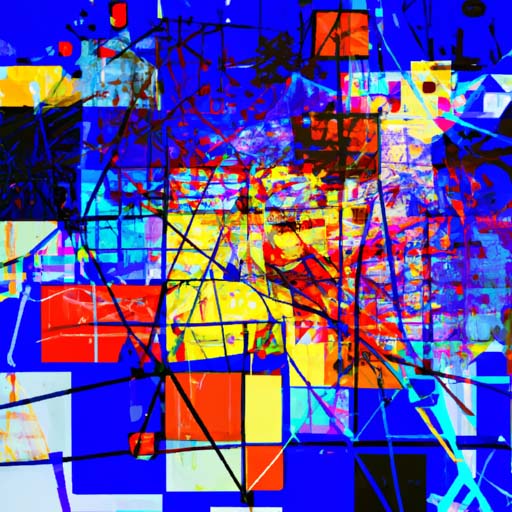The Creative Future of Generative AI
Key Points:
- Generative AI has the power to shape the future of art and design
- Generative AI brings a unique set of challenges and opportunities for creative professionals
Few technologies have shown as much potential to shape our future as artificial intelligence. Specialists in fields ranging from medicine to microfinance to the military are evaluating AI tools, exploring how these might transform their work and worlds. For creative professionals, AI poses a unique set of challenges and opportunities — particularly generative AI, the use of algorithms to transform vast amounts of data into new content.
The future of generative AI and its impact on art and design was the subject of a sold-out panel discussion on Oct. 26 at the MIT Bartos Theater. It was part of the annual meeting for the Council for the Arts at MIT (CAMIT), a group of alumni and other supporters of the arts at MIT, and was co-presented by the MIT Center for Art, Science, and Technology (CAST), a cross-school initiative for artist residencies and cross-disciplinary projects.
The panel featured multimedia artist and social science researcher Ziv Epstein SM’19, PhD’23, MIT professor of architecture and director of the SMArchS and SMArchS AD programs Ana Miljački, and artist and roboticist Alex Reben MAS ’10.
Themes Discussed
Emergence
The panel discussed how generative AI can help artists and designers explore ambiguities in their work. Ana Miljački gave an example of using AI to create a nonlinear documentary from video material of destroyed Yugoslav memorials. The AI system helped create a synthetic memory and communicate the values of the original memorials to a new audience.
On the topic of generative AI as a tool or agent, Ziv Epstein mentioned that tools are not neutral and generative AI already embeds artistic and creative agency. The challenge is to decide which existing works to perpetuate and how to represent them.
Alex Reben shared his experience of using AI systems and how they can produce outputs that parallel what he might have done on his own, but with interesting variations and alterations.
Embodiment
The discussion also touched on the concept of embodiment and how AI systems can provide tangible experiences. Ana Miljački described how their project created a spatial experience in time using images and a soundscape, going beyond the two-dimensional screen. Alex Reben highlighted the importance of human involvement in the creation of AI-generated artworks, such as turning a generated image into a three-dimensional object.
Ziv Epstein raised the question of embedding meaningful human control into AI systems, allowing more interactive and transformative experiences.
Expectations
The panelists commented on the rapid spread of new AI technologies and the enormous expectations surrounding them. Ana Miljački expressed hope that AI would not be used to replace human thinking and emphasized the need to question biases and gaps in the archival data that AI systems rely on. Ziv Epstein saw the potential for generative AI to disrupt existing ontologies and challenge ways of understanding the human experience. Alex Reben acknowledged the difficulty of predicting the future of AI technology but emphasized the importance of driving these technologies towards a beneficial future.
Overall, the panel discussion highlighted the transformative power of generative AI in the field of art and design, while also raising important questions about agency, embodiment, and the future implications of AI on creative work.
